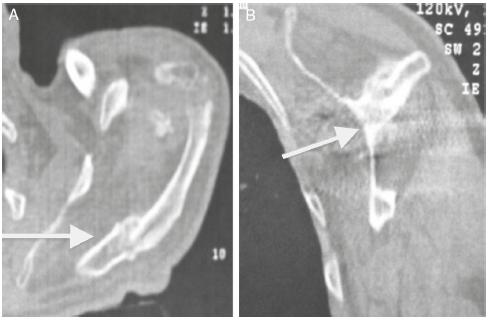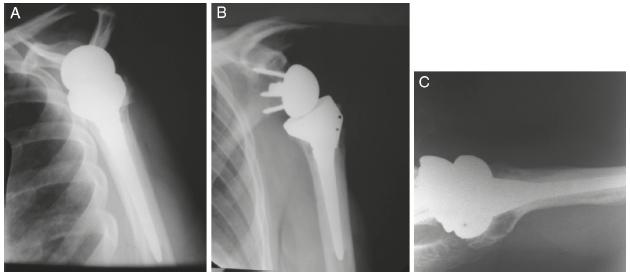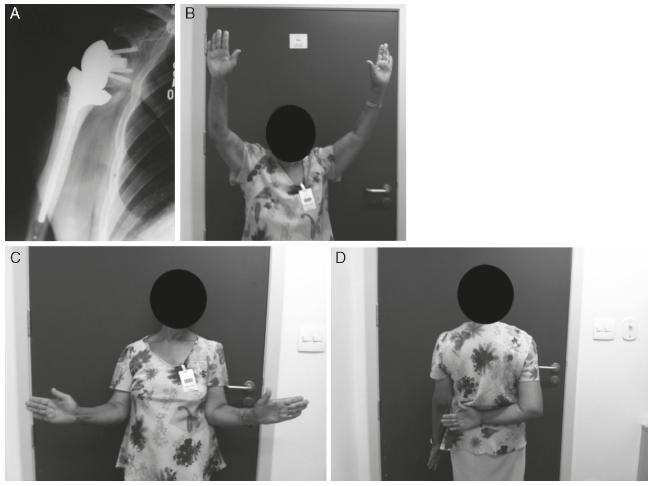OBJECTIVE:
to present a retrospective analysis on the clinical-functional results and complications among patients with rotator cuff arthropathy (RCA) who underwent reverse arthroplasty of the shoulder.
METHODS:
patients with a diagnosis of RCA associated with pseudoparalysis of anterior elevation who underwent reverse arthroplasty of the shoulder with a minimum follow-up of one year were selected.
RESULTS:
preoperative information was gathered from our shoulder and elbow arthroplasty register, comprising age, sex, laterality, history of previous procedures, Constant's functional scores and the preoperative range of motion as described in the protocol of the American Academy of Shoulder and Elbow Surgery (ASES). After a mean follow-up of 44 months, 17 patients (94%) were satisfied with the result from the procedure.
CONCLUSION:
reverse arthroplasty for treating RCA in patients with pseudoparalysis of the shoulder was shown to be effective in achieving a statistically significant improvement in range of motion regarding anterior flexion and abduction. However, in this series, there was no improvement in range of motion regarding external and internal rotation. Reverse arthroplasty is a procedure that reestablishes shoulder joint function in patients who previously did not present any therapeutic possibilities.
Arthroplasty; Shoulder; Joint diseases; Rotator cuff; Prostheses and implants






